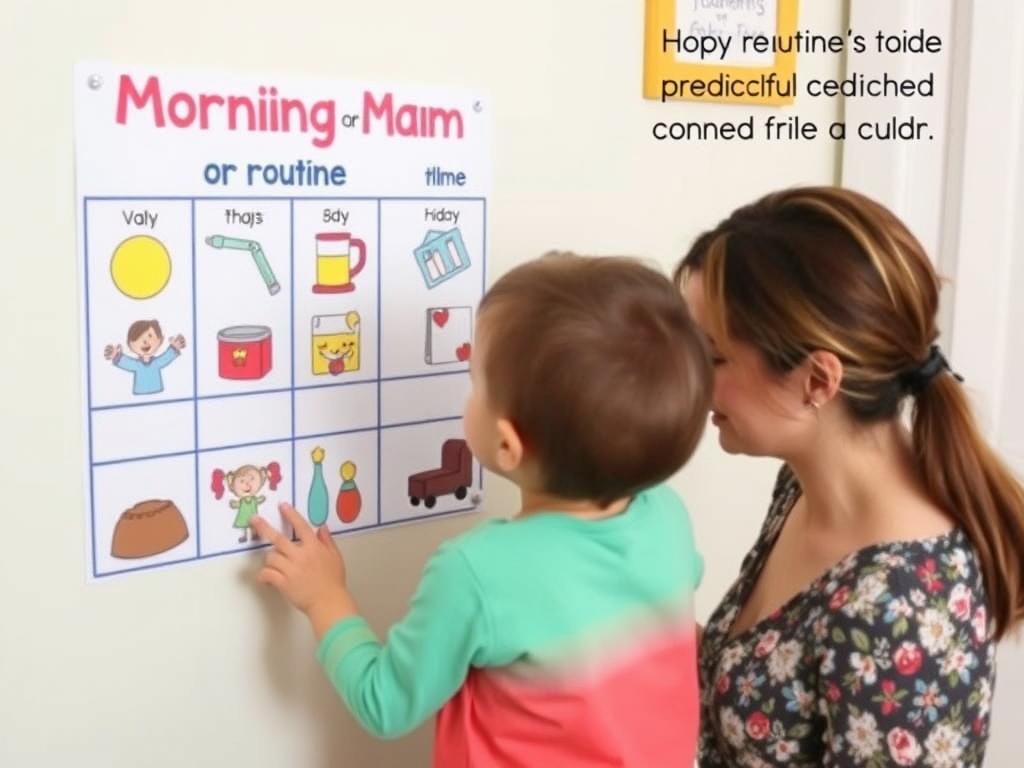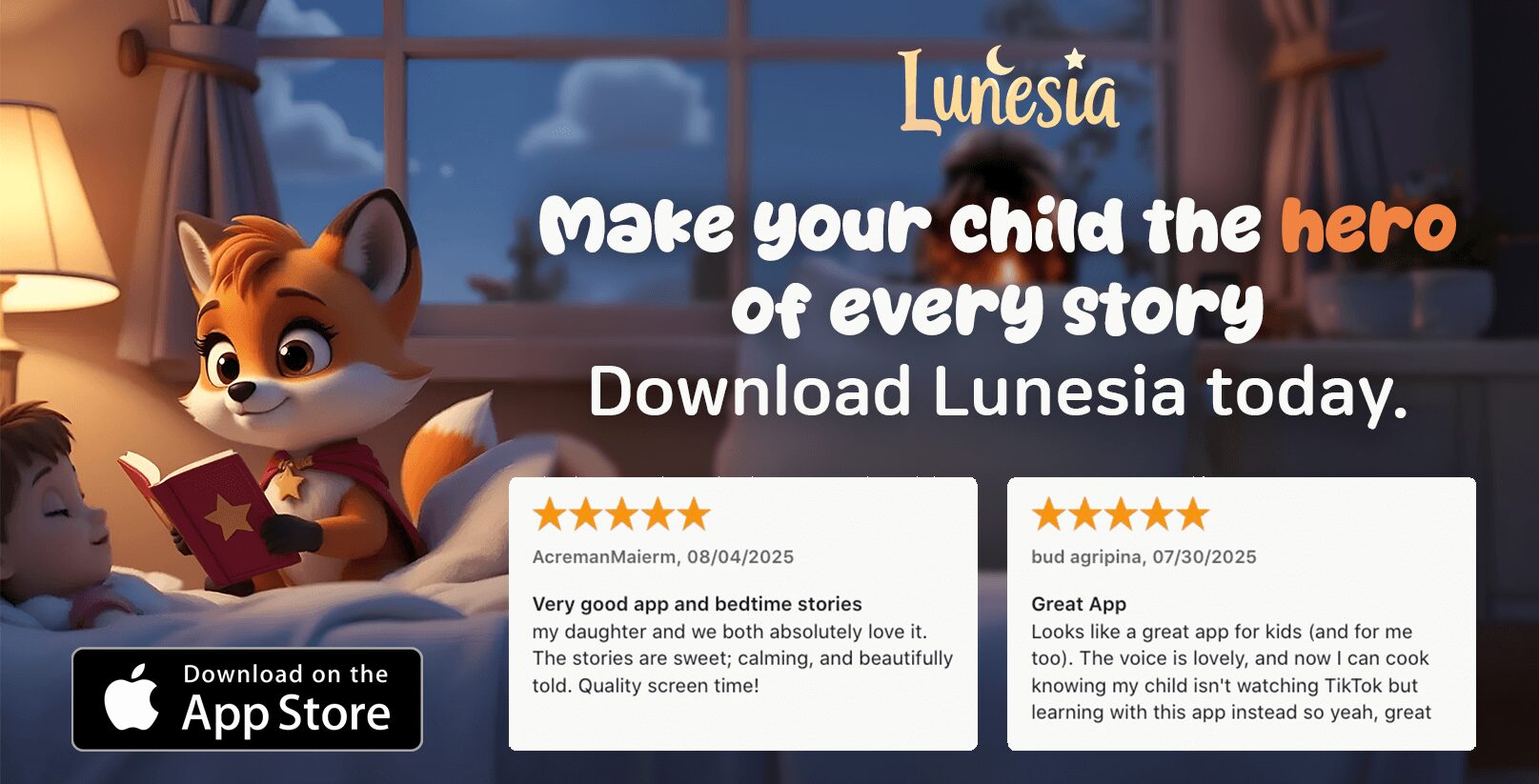That moment when your child’s emotions erupt into a full-blown tantrum can leave even the most patient parent feeling helpless. I’ve been there too – watching my little one thrash on the floor of the grocery store, feeling the weight of judgmental stares. But here’s what I’ve learned: tantrums aren’t about bad parenting or a difficult child. They’re about little humans with big feelings and developing brains that simply can’t process overwhelming emotions yet.
Tantrums happen because children experience frustration, communication barriers, and emotional overload. Their developing brains haven’t yet built the neural pathways needed to manage these intense feelings. When a child has a tantrum, they’re not giving you a hard time – they’re having a hard time.
In this article, I’m sharing ten gentle, non-punitive strategies that actually work. These approaches honor your child’s feelings while teaching them healthier ways to express emotions. Let’s transform those tantrum moments into opportunities for connection and emotional growth.
Need Help Right Now?
Download our free Tantrum Toolkit with printable emotion cards, calming strategies, and a visual guide for both parents and children.
1. Pause and Breathe: Model Calmness First
When your child is in the midst of a tantrum, your first instinct might be to immediately stop the behavior. But the most powerful first step is actually to regulate your own emotions. Children are like emotional sponges – they absorb and mirror our energy. When you remain calm, you’re teaching your child that big feelings are manageable.
Co-regulation happens when your calm nervous system helps to settle your child’s activated one. This biological connection is powerful – your steady heartbeat and measured breathing can actually help your child’s body calm down too.
Try This:
- Take three deep belly breaths before responding
- Place your hand on your heart to center yourself
- Silently repeat a calming phrase: “This is temporary” or “We’ll get through this together”
Real-life example: When my daughter melted down at the grocery checkout because I wouldn’t buy candy, I felt my own frustration rising. Instead of reacting, I took three deep breaths and placed my hand on my heart. This small pause helped me respond with compassion rather than adding my own emotions to the mix.
2. Create a Safe Space: Physical and Emotional Security
During a tantrum, children can feel emotionally overwhelmed and physically out of control. Creating a safe space – both physically and emotionally – helps them feel secure enough to move through their big feelings. This isn’t about isolating them or using a “time-out” as punishment, but rather offering a calm environment where they can express themselves without harm.
A designated calming corner in your home can become a trusted refuge during emotional storms. This special area signals to your child’s brain that they’re in a place where feelings are welcome and where they can find tools to help them regulate.

How to Create a Calming Corner:
- Choose a quiet, low-traffic area in your home
- Add soft pillows, a weighted blanket, or stuffed animals
- Include sensory tools like stress balls, a glitter jar, or fidget toys
- Add picture books about emotions or calming cards
When your three-year-old starts throwing toys because their block tower fell, gently guide them to the calming corner saying, “I see you’re feeling frustrated. Let’s go to our cozy corner where you can feel better.” Sit nearby, offering your presence without demands.
3. Name and Validate Feelings: The Power of Emotional Literacy
One of the most powerful tools we can give our children is the ability to identify and express their emotions. When a child is having a tantrum, they’re often overwhelmed by feelings they can’t name or understand. By helping them label these emotions, you’re building neural pathways that connect their feelings with language.
Validation doesn’t mean you approve of all behaviors, but rather that you acknowledge the emotions driving those behaviors. This simple act helps children feel seen and understood, which often reduces the intensity of their outbursts.

Validation Phrases to Try:
- “I see that you’re feeling angry right now, and that’s okay.”
- “It’s really disappointing when we have to leave the playground.”
- “You’re having big feelings because this is hard for you.”
- “I understand you wanted that toy. It’s frustrating when we can’t have something we want.”
When your child melts down because they can’t have ice cream before dinner, get down at their eye level and say, “I can see you’re really disappointed about the ice cream. You were looking forward to that sweet treat and having to wait feels really hard.” This acknowledgment often helps the tantrum begin to subside.
4. Offer Physical Comfort: The Healing Power of Touch
During a tantrum, some children seek physical connection while others need space. Learning your child’s preferences during emotional storms is key. Physical comfort can help regulate a child’s nervous system through the release of oxytocin – the bonding hormone that promotes feelings of safety and trust.
Touch communicates on a primal level that transcends words. When a child feels physically connected to you during difficult moments, it reinforces that your love is unconditional – even when they’re at their most challenging.

Physical Comfort Options:
- Offer a gentle hug (ask first: “Would you like a hug?”)
- Sit nearby, making yourself available without pressure
- Provide a special comfort item like a stuffed animal or blanket
- Try gentle pressure like a hand on the back or shoulder
When your child is having a meltdown about putting on shoes before school, sit nearby and gently ask, “Would you like me to hold you right now?” If they come to you, provide that secure embrace. If they need space, respect that boundary while staying present, saying “I’m right here when you’re ready for a hug.”
5. Use Simple, Clear Language: Communication That Connects
During a tantrum, your child’s thinking brain (prefrontal cortex) is temporarily offline while their emotional brain (limbic system) is in full control. This means complex explanations or reasoning won’t be effective. Instead, using simple, clear language helps your message get through the emotional static.
Short, concrete statements are processed more easily by an overwhelmed brain. By simplifying your communication, you’re meeting your child where they are emotionally, which helps them feel understood rather than overwhelmed with information.

Communication Tips:
- Use short sentences with simple words
- Speak in a calm, low tone (avoid high-pitched or loud voices)
- Pause between statements to allow processing time
- Accompany words with simple gestures when helpful
When your child is screaming because they don’t want to leave the playground, kneel down and say, “I hear you. You’re having fun. Five more minutes, then home.” This clear, concise communication is much more effective than a lengthy explanation about schedules, dinner preparations, and bedtime routines.
6. Redirect with Options: Empowering Through Choices
Tantrums often stem from a child’s need for autonomy and control. By offering limited, appropriate choices, you redirect their energy while honoring their developing independence. This strategy works because it shifts the dynamic from opposition to collaboration.
The key is offering choices where either option is acceptable to you. This gives your child a sense of agency without creating power struggles or compromising necessary boundaries.

Redirection Examples:
- “Would you like to put on your shoes or your jacket first?”
- “You can’t have candy now, but would you like an apple or a banana?”
- “We need to leave the park. Would you like to walk to the car or would you like me to carry you?”
- “It’s time to clean up. Would you like to put away the blocks or the books?”
When your child is refusing to get dressed for school, instead of forcing the issue (which often escalates the tantrum), offer choices: “Would you like to wear your blue shirt or your red shirt today?” This simple redirection acknowledges their need for control while moving toward your necessary goal.
7. Use Playful Approaches: The Magic of Humor and Imagination
Sometimes the quickest way to diffuse a tantrum is through playfulness. Humor and imagination can shift your child’s emotional state by activating different neural pathways in the brain. This doesn’t mean making fun of your child’s feelings, but rather introducing a playful element that helps them transition out of distress.
Play speaks to children in their natural language. When you engage their imagination during difficult moments, you’re helping them develop flexibility in their emotional responses – a key component of resilience.

Playful Strategies:
- Use a silly voice or become a character (e.g., “Mr. Cleanup” or “The Shoe Fairy”)
- Turn the task into a game (“Let’s see if we can get dressed before this song ends”)
- Use stuffed animals or puppets to communicate
- Create an imaginative scenario (“These vegetables give you superpowers!”)
When your child refuses to get in the car seat and begins to tantrum, you might say in a playful voice, “Oh no! The car seat is hungry and it only eats little kids! It’s saying ‘yum yum, please sit in me!'” This unexpected approach often interrupts the tantrum cycle and creates a moment of connection.
8. Teach Calming Techniques: Building Self-Regulation Skills
One of the greatest gifts we can give our children is the ability to calm themselves when emotions run high. Teaching specific calming techniques during peaceful moments helps build neural pathways that children can access during emotional storms.
Self-regulation is a skill that develops over time with practice. By consistently modeling and teaching these techniques, you’re helping your child develop emotional intelligence that will serve them throughout life.

Calming Techniques to Practice:
- “Balloon breathing”: Breathe in through the nose, filling the belly like a balloon, then slowly exhale
- “Five finger countdown”: Count down from 5, wiggling each finger as you go
- “Bear hug”: Wrap arms around yourself and squeeze gently
- “Rainbow search”: Find one thing of each color of the rainbow in the room
During a calm moment, practice balloon breathing with your child. Later, when they begin to get frustrated because their tower keeps falling, gently remind them, “Let’s do our balloon breathing together” while demonstrating. With consistent practice, they’ll begin to use these techniques independently.
9. Create Consistent Routines: The Security of Predictability
Children thrive on predictability. Consistent routines help them feel secure because they know what to expect, reducing anxiety and the tantrums that often accompany transitions. When children can anticipate what comes next, they’re less likely to resist changes in activity.
Routines also help children develop executive functioning skills as they learn to follow sequences and manage transitions. This cognitive development supports emotional regulation over time.

Routine-Building Tips:
- Create visual schedules with pictures for non-readers
- Use consistent transition warnings (“Five minutes until cleanup time”)
- Establish predictable sequences for challenging times (mornings, bedtime)
- Include connection moments within routines (special handshake, goodnight ritual)
When bedtime consistently triggers tantrums, create a visual chart showing each step: bath, pajamas, teeth brushing, two books, one song, goodnight kiss. Review it together before starting, then refer to it during the routine: “Look at our chart! We’ve finished bath time. Now it’s time for pajamas. What comes next?” This predictability reduces resistance and tantrums.
10. Practice Preventive Maintenance: Meeting Basic Needs First
Many tantrums can be prevented by attending to your child’s basic physical needs. Hunger, tiredness, overstimulation, or physical discomfort often set the stage for emotional meltdowns. By proactively addressing these needs, you can reduce tantrum triggers significantly.
Think of this as emotional preventive maintenance – just as you wouldn’t drive a car without checking the oil and gas levels, your child’s emotional engine needs regular maintenance to run smoothly.

Preventive Strategies:
- Carry healthy snacks and water for hunger prevention
- Maintain consistent sleep schedules and nap times
- Plan outings during your child’s optimal energy times
- Create a “sensory emergency kit” with headphones, fidget toys, or comfort items
- Schedule regular one-on-one connection time to fill their emotional cup
Before a shopping trip, ensure your child has had a healthy snack, a nap if needed, and some active playtime to burn energy. Bring a small bag with water, a protein-rich snack, and a favorite small toy. This preparation significantly reduces the likelihood of a public meltdown triggered by hunger or overstimulation.
Bringing Calm Back Home: The Journey of Emotional Growth

Remember that helping your child learn to manage big emotions is a marathon, not a sprint. Each tantrum is an opportunity to teach emotional skills that will serve them throughout life. Progress might seem slow at times, but those neural pathways are strengthening with every compassionate interaction.
Be gentle with yourself too. You won’t respond perfectly every time – and that’s okay. Those moments when you lose your cool become valuable opportunities to model repair and resilience. “Mommy got frustrated too. I’m taking some deep breaths to calm down. Can we try again together?”
Today, try just one strategy from this list. Notice how it feels for both you and your child. Then gradually incorporate others as they feel natural. With consistency and compassion, you’ll not only reduce tantrums but also build a stronger connection with your child – one that will weather many emotional storms to come.
Join Our Supportive Parenting Community
Get weekly gentle parenting tips, exclusive resources, and encouragement delivered straight to your inbox.




